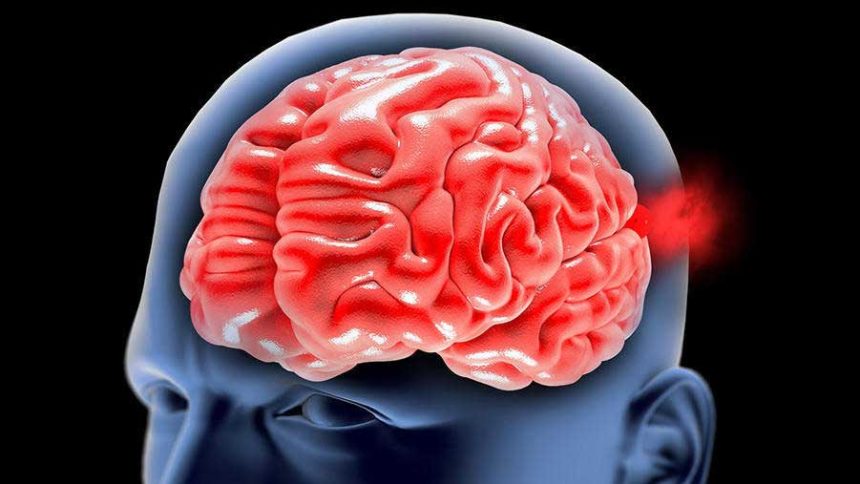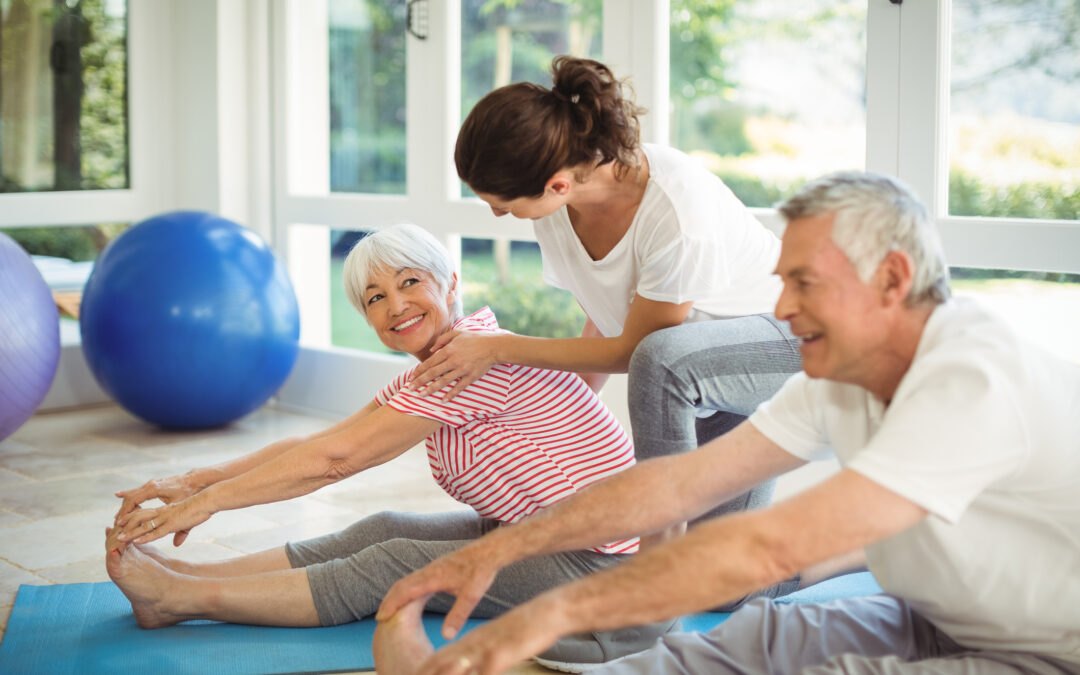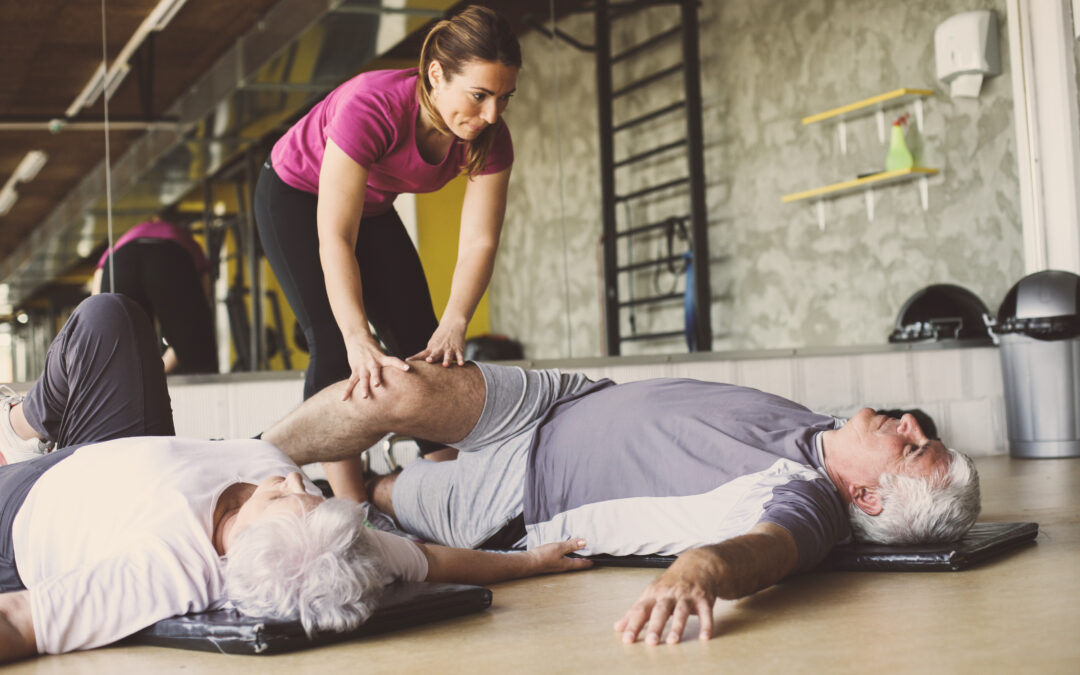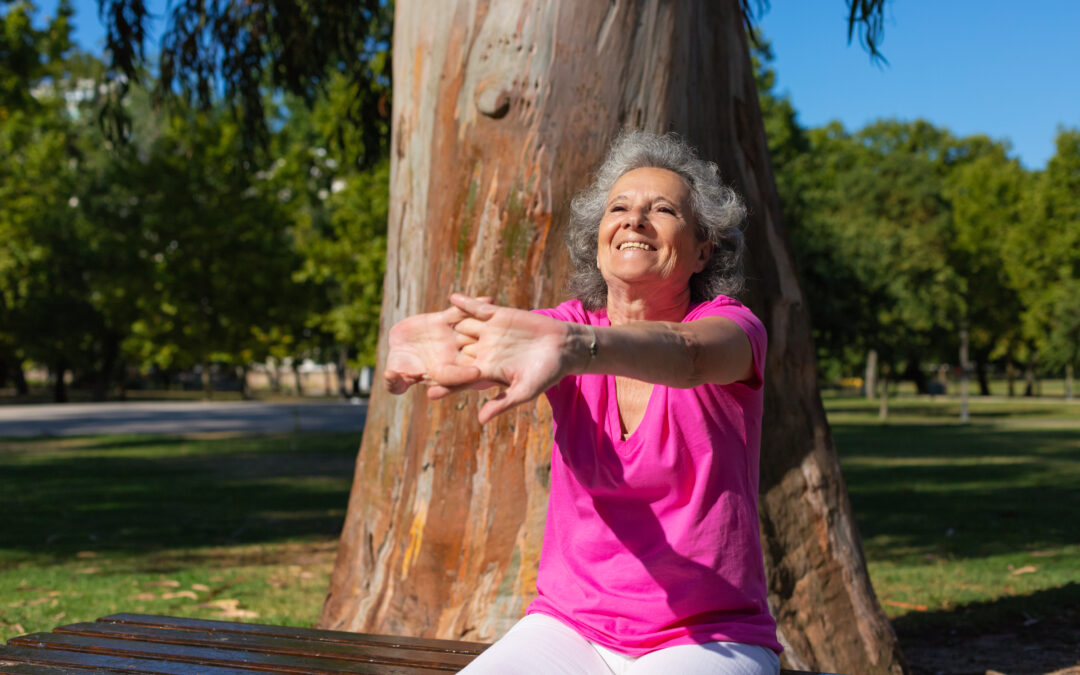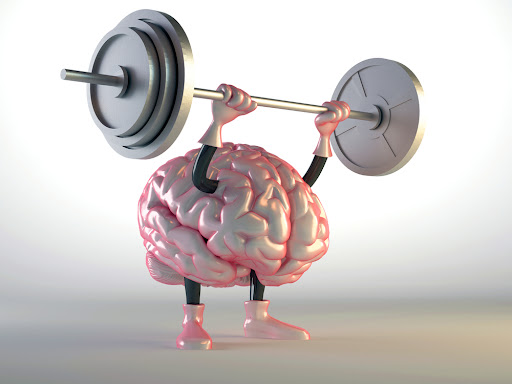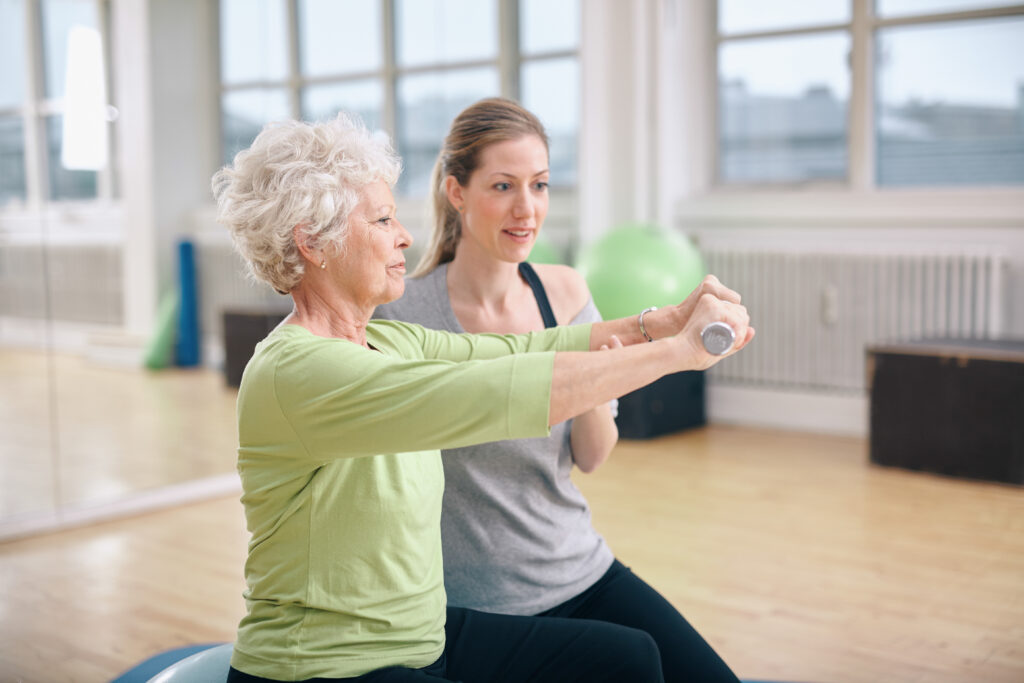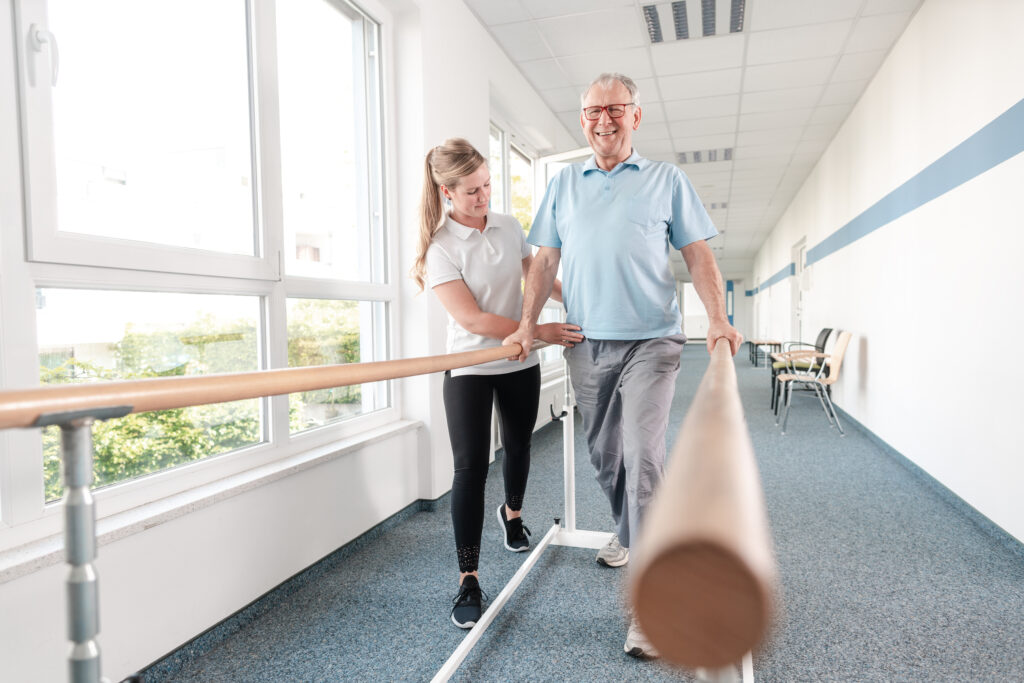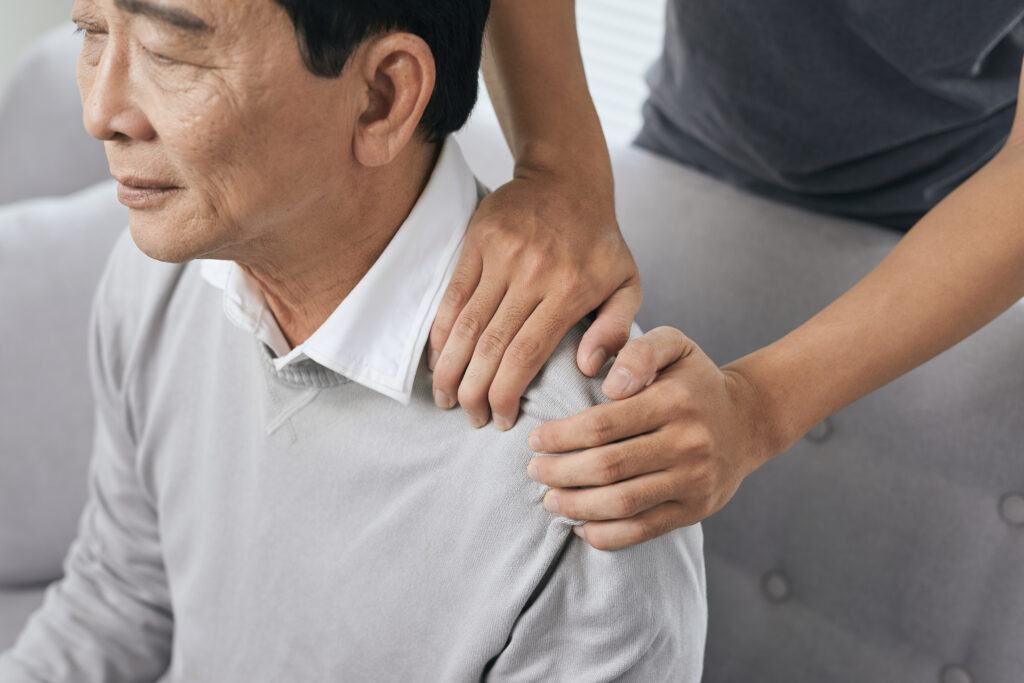Health Tips
The Role of Exercises in the Recovery after Cerebral Stoke
A cerebral stroke occurs when blood flow to a part of the brain is disrupted, either due to a blockage (ischemic stroke) or a ruptured blood vessel (hemorrhagic stroke). This lack of oxygen and nutrients causes brain cells to die, potentially leading to physical, cognitive, and emotional impairments. Recovery from a stroke depends on the severity of the damage, the affected brain area, and timely rehabilitation interventions.
Role of Exercise in Stroke Recovery
Exercise is a cornerstone of stroke rehabilitation and plays a vital role in improving physical and mental health outcomes. It helps address stroke-induced impairments, prevent secondary complications, and enhance overall quality of life. Key benefits of exercise in stroke recovery include:
1. Improving Physical Function and Mobility
Exercise promotes neuroplasticity, where the brain forms new connections to compensate for damaged areas.
Activities like walking, stretching, and strength training improve balance, coordination, and muscle strength.
Regular exercise reduces spasticity (muscle stiffness) and enhances motor control.
2. Preventing Secondary Complications
Physical activity reduces the risk of cardiovascular disease, a common cause of recurrent strokes.
It helps control blood pressure, cholesterol, and blood sugar levels.
Exercise minimizes the risk of deep vein thrombosis (DVT) by improving circulation.
3. Enhancing Cognitive and Emotional Health
Exercise can alleviate symptoms of depression and anxiety, which are common after a stroke.
Activities like aerobic exercise improve memory, attention, and processing speed.
4. Boosting Overall Quality of Life
Regular physical activity fosters independence by improving the ability to perform daily tasks.
Group exercises or rehabilitation sessions can provide social interaction and emotional support.
Types of Exercise for Stroke Recovery
A balanced exercise program should include various types of activities tailored to the individual’s abilities:
Aerobic Exercise:
Examples: Walking, cycling, swimming.
Benefits: Improves cardiovascular fitness, endurance, and brain health.
Strength Training:
Examples: Weightlifting, resistance band exercises.
Benefits: Builds muscle strength, enhances mobility, and prevents falls.
Flexibility and Stretching:
Examples: Yoga, dynamic and static stretching.
Benefits: Reduces stiffness and increases range of motion.
Balance and Coordination Exercises:
Examples: Tai Chi, standing on one leg, or stepping exercises.
Benefits: Improves postural control and reduces fall risk.
Functional Training:
Examples: Practicing daily activities like standing, sitting, or reaching.
Benefits: Enhances independence in daily living.
Safety Considerations
Start with a personalized exercise program developed by a physical therapist or rehabilitation specialist.
Monitor for signs of overexertion, such as dizziness or chest pain.
Incorporate rest periods to avoid fatigue.
Gradually increase intensity and duration based on individual progress.
Conclusion
Exercise is a powerful tool for stroke recovery, aiding physical, mental, and emotional rehabilitation. A structured, consistent, and tailored program, under professional guidance, ensures the best possible outcomes.
Search
Reason
The Benefits of Blood Flow Restriction Training in Rehabilitation and Fitness for the Elderly
Introduction As the global population ages, maintaining physical health and mobility becomes increasingly important. One emerging method that has gained popularity in both rehabilitation and fitness for the elderly is Blood Flow Restriction (BFR)...
Muscle and Immunity
The Relationship Between Muscle Mass and the Immune System Muscle mass is often celebrated for its role in physical fitness, metabolism, and overall health. However, its connection to the immune system is increasingly gaining attention in...
The Benefits of Exercise for the Patient with Parkinson’s Disease
Parkinson’s disease is a progressive neurological disorder characterized by tremors, rigidity, bradykinesia, and postural instability. The condition affects the dopamine-producing neurons in the brain, leading...
Metabolic Syndrome
Dear Friend, After covering Osteoporosis/Osteopenia, in my last blog post I am discussing today an even more widespread health issue, the Metabolic Syndrome. Roughly 1/3 of the US adult population is affected by Metabolic Syndrome and thereby...
Osteoporosis/Osteopenia
Dear Friend, In today’s blog I want to address a problem that affects about 54 million of our fellow Americans. Non-Hispanic White and Asian American women make up the bulk of that number. Amongst men Non-Hispanic White men are more often affected...
The Effects of Aging on Human Performance
Dear Friend, I am scheduled to speak at the Annual Summit of the Functional Aging Institute in Denver early June (www.functionalagingsummit.com). The Headline for my talk is “The Effects of Aging on Human Performance” so I thought I’d kill two...
June 3-4: 8th Annual Functional Aging Summit
I want to personally invite you to the 8th Annual Functional Aging Summit on June 3 & 4 in Denver, Colorado! If you have attended a summit live in the past you know how valuable it is to hear from the leaders in our industry, network with...
Become more confident and versatile with the Caregiving Exercise Institute
Why Caregiving Exercise Institute? In this 8-part, self-paced series, learn how to deliver safe and effective home exercise programs that will have a dramatic impact on the functional ability of your caregiving clients! Empower...
Exercising and your Immune System
Dear Friend, Nearly two years into the Covid pandemic I have decided to take a closer look at our Immune System and how it responds to regular exercising and whether it can help you have a better fighting chance against a Covid-19 infection. Before...
Cognitive Fitness Training
Dear Friend, Recently I introduced you to Power Training for the 60plus population and its value and importance to prevent significant strength losses as we age. Today I would like to introduce another somewhat new trend in fitness training for the...
The Benefits of Power Training/Rapid Movement Training for the Adult 60plus
What is Power Training or Rapid Movement Training? Unlike the traditional way of strength training that we have offered our 60plus clients to increase muscular strength, which we had them perform slowly and controlled, Power Training/Rapid Movement...

